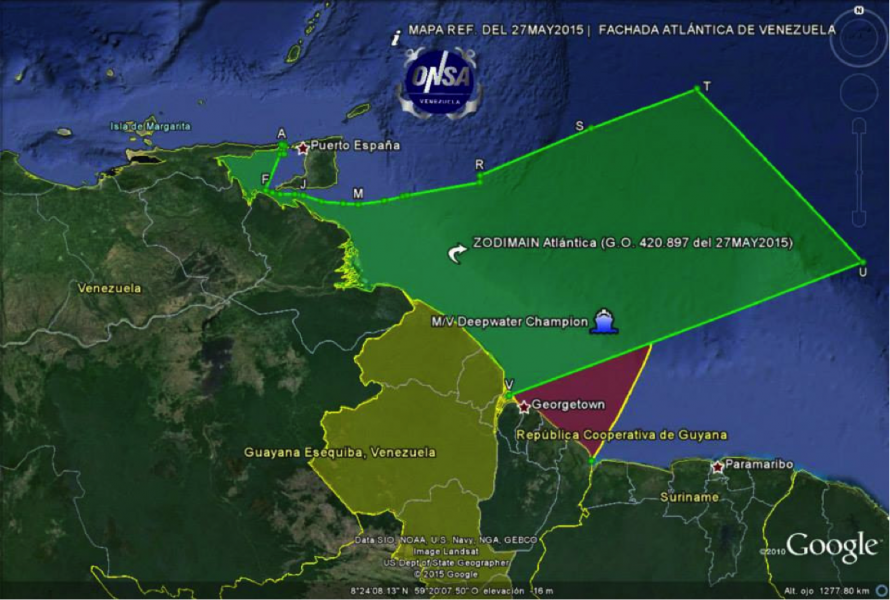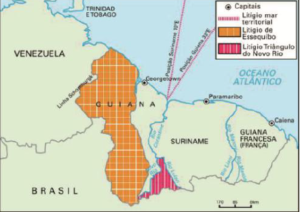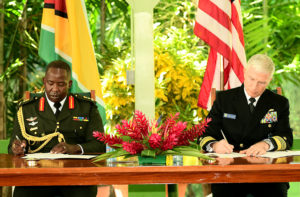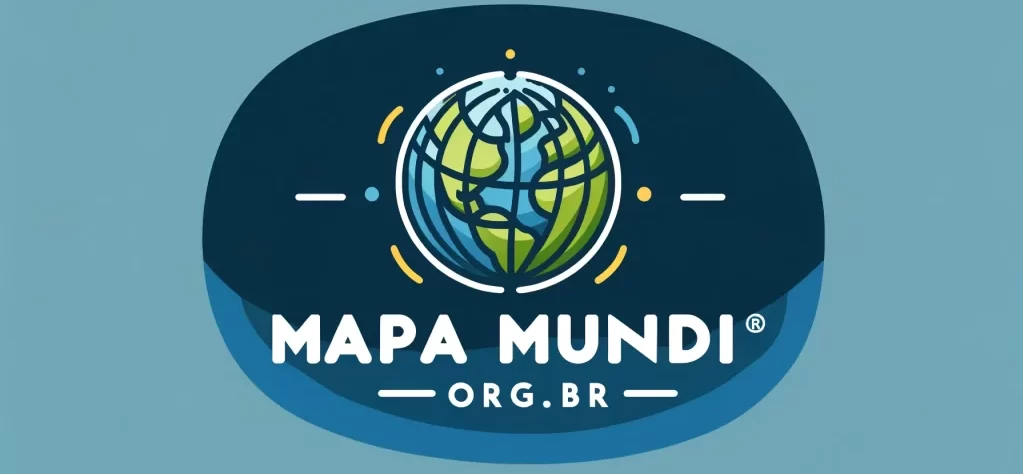
Tension on the border between Venezuela and Guyana made headlines last weekend, due to apprehension, by the Venezuelan Navy, of the Guyanese fishing vessels "Nady Nayera" and "Sea Wolf". The chancelleries of the two countries exchanged protest notes. Guyana accuses Venezuela of having committed an “act of aggression” by seizing ships in Guyanese waters. Venezuelans responded that the seizure was legitimate, because it was carried out in waters under the jurisdiction of your country.
The dispute predates the independence of the two countries. Since the beginning of the century 19, Spanish and British already disputed the positioning of the border between their colonies in northern South America. In 1835, with Venezuela already independent, the British government hired German Robert Schomburgk to map Guyana and define its borders. When finishing the job, the border had been defined at the height of the mouth of the Orinoco River. Venezuelans protested that the legitimate site for the border delimitation was the Rio Essequibo. Negotiations have started between the two sides, who were unable to build consensus. In 1850, the two sides agreed not to occupy the contested area.
The discovery of gold in the region sparked the dispute. British settlers entered the area and a British mining company was created, to explore the gold mines. Venezuela repeatedly protested, proposing to the English an arbitration, but they were never interested. Until, in 1887, Venezuela broke off diplomatic relations with England and asked the US for diplomatic assistance. Like this, in 1897, under American pressure, finally the British agreed to submit the dispute to international arbitration.
For two years the arbitral commission, formed by two Britons, two Americans (indicated by the Venezuelan side) and a russian, looked into the matter and decided, in 1899, to grant 94% of the territory in dispute with Guyana. Venezuelans were given an area at the mouth of the Orinoco River and a small area along the Atlantic. Despite Venezuelan dissatisfaction with the result, the two sides accepted the agreement in 1905. For sixty years, the situation remained peaceful.
In 1962 Venezuelans presented a series of arguments to question the impartiality of the arbitration commission of 1889, declaring to the UN that it considered that resolution null, placing the entire region to the west of the Essequibo River as the “Complaint Zone” of Venezuelan territory, thus making it appear on the official maps of the country. It is an area of about 159.500 Km2, or 5/8 the current Guyanese territory.

Source - Gutemberg V Silva, 2015
The Venezuelan revision attempt came at a time when Guyana was still an English colony, but its independence was already foreseen. Venezuelans calculated at the time, with reason, that it would be easier to get a deal with the English, after all it was an area in a distant colony, than with an independent nation that, if the Venezuelan aspiration were met, would lose more than half of its territory.
Even so, a new commission to try to solve the problem was only installed in 1966, through the so-called Geneva Agreement. The joint committee would have four years to resolve the issue. Just three months later, Guyana became independent. But a series of border incidents prevented the work from progressing. In 1970, the deadline for the commission's letters ended, and no deal was possible. The two countries, So, signed a new protocol, freezing the current situation for another twelve years.
From then on, already in the decade 1980, the UN started to mediate the dispute and, although a solution to the issue has not been reached, relations between the two countries have normalized, with incidents occurring sporadically. Successive changes in government, in both Venezuela and Guyana, provided moments of greater or lesser tension in the relations between the two countries.
In 2015, the discovery of large oil reserves by the company Exxon added a new and important attraction to the region, rekindling the dispute.
In January 2018, the Secretary-General of the UN dismissed the possibilities of intermediation and indicated that the International Court of Justice (CIJ) would be the competent forum to resolve the issue. Like this, in March 2018, Guyana has requested CIJ jurisdiction to validate the settlement agreement 1899. The country claimed that the possibilities for conciliation were exhausted through the Geneva Agreement. Venezuela spoke out against the Guyanese position, but, in December 2020, the Court declared that it had jurisdiction to deliberate on the matter[1].
In reaction, in day 8 January this year, Venezuela established the so-called “Strategic Development Zone of the Atlantic Façade” that “will protect and safeguard the jurisdiction of its continental spaces, interiors, bordering, historic and vital marine areas of the country. ” This is a unilateral measure, creating a maritime territory, as a measure to reaffirm sovereignty over territorial waters adjacent to the claimed area.
The next day, in 9 of January, the USA and Guyana conducted a combined naval exercise off the Guyanese coast. An American Coast Guard patrol vessel has trained with other patrol vessels in the South American country. Two days later, Admiral Craig S. Falling, US Southern Commander, was in Guyana to sign a military cooperation agreement with the country's Defense Forces. Recently, the US had already donated engines and spare parts to Guyanese patrol ships.

Source - Guyana Chronicle Journal
Venezuela protested the presence of an American armed ship in the vicinity of its territory, as well as the presence of Faller in Guyana.
In this scenario, the last seizures of Guyanese fishing vessels and crew by the Venezuelan navy. The Maduro government knows that CIJ is unlikely to reach a decision in its favor, this would mean for Guyana the loss of 5/8 of your territory, what would make it unfeasible as a sovereign nation. Besides that, territorial loss would occur at a time when the recent oil discoveries represent a hope of changing the economic level for a nation as poor as Guyana.
The next events depend on the decision of the International Court of Justice. If the Court decides on the validity of the 1899, the matter will be closed in the diplomatic field - at least for now - and Venezuela's freedom of action in this matter will be much more restricted.
But, at the time when Venezuela faces a political crisis, unprecedented economic and social, the old resource of governments, to resort to an external issue that unites the population around a nationalist cause, taking the focus off internal problems, it's always tempting.
[1] https://www.icj-cij.org/public/files/case-related/171/171-20201218-PRE-01-00-EN.pdf
